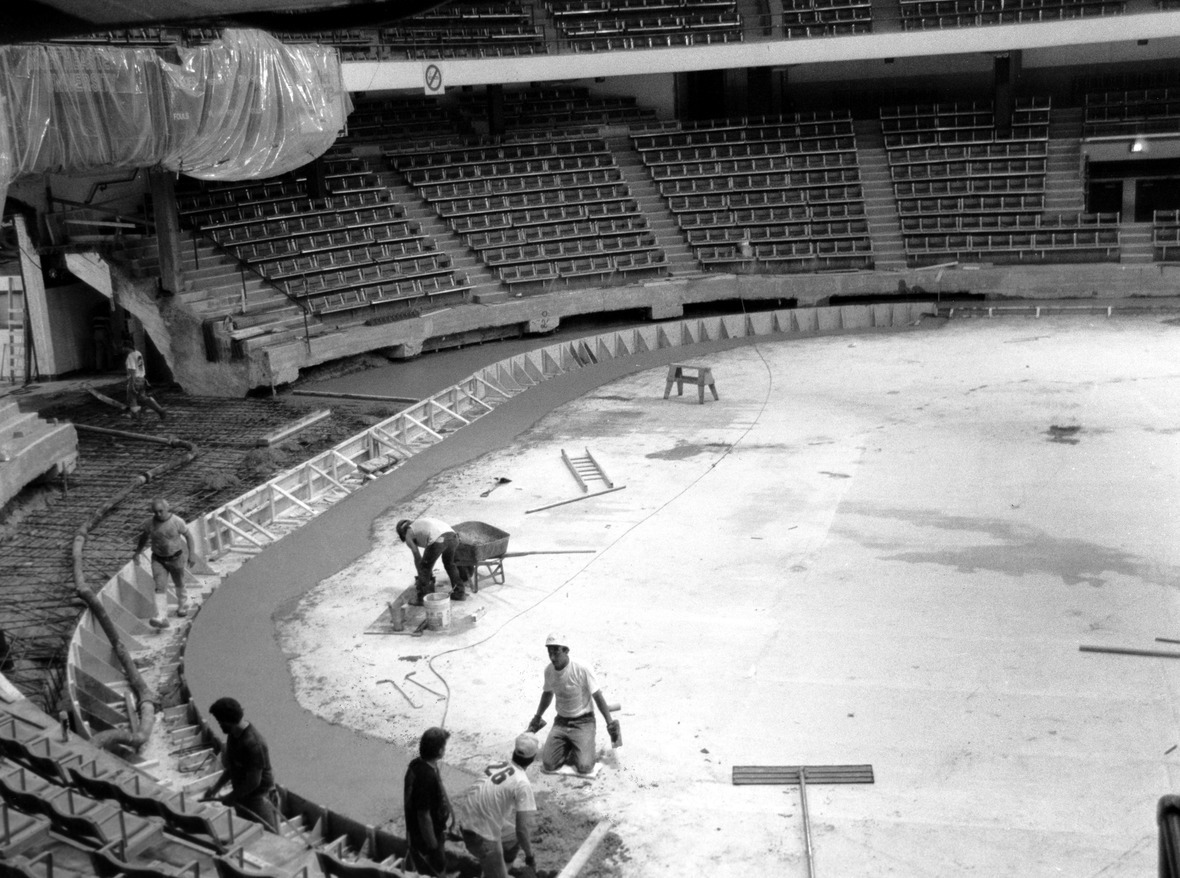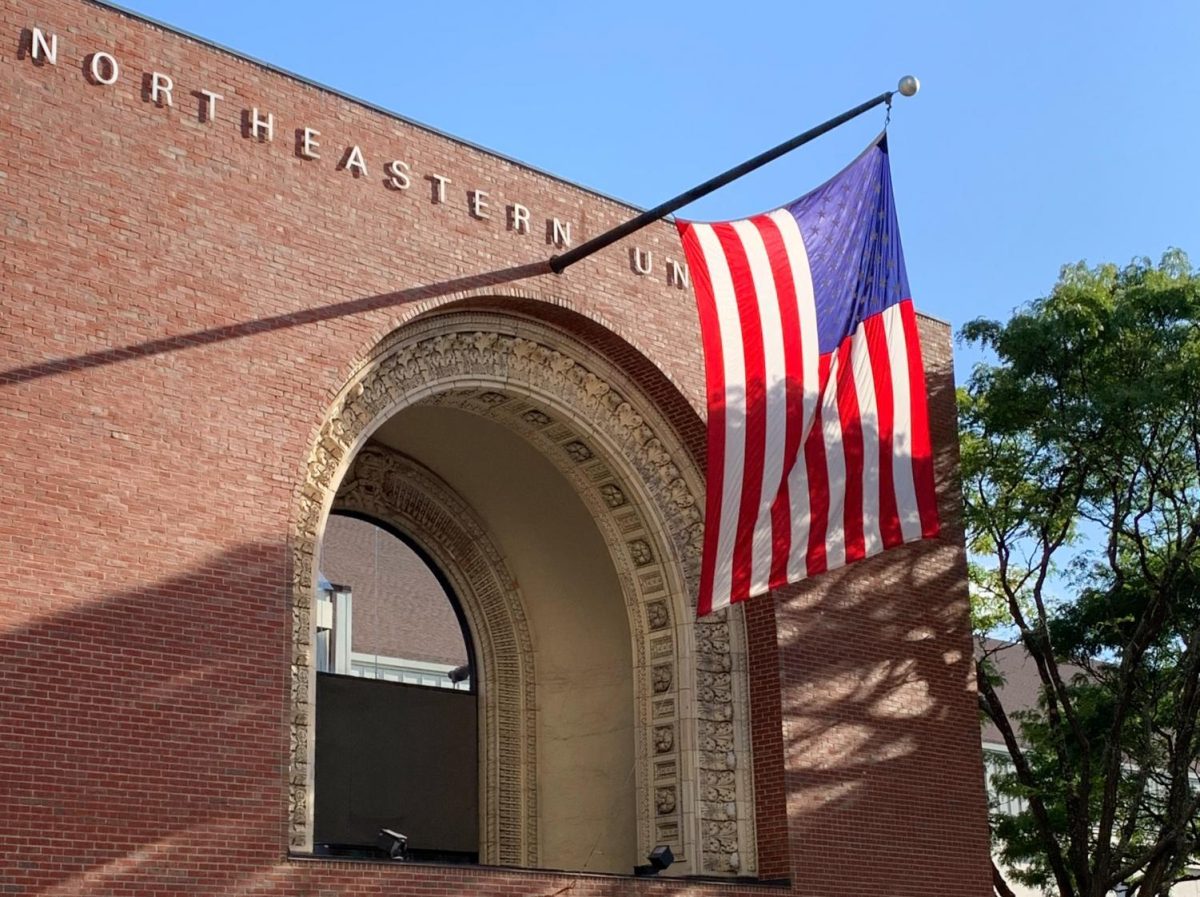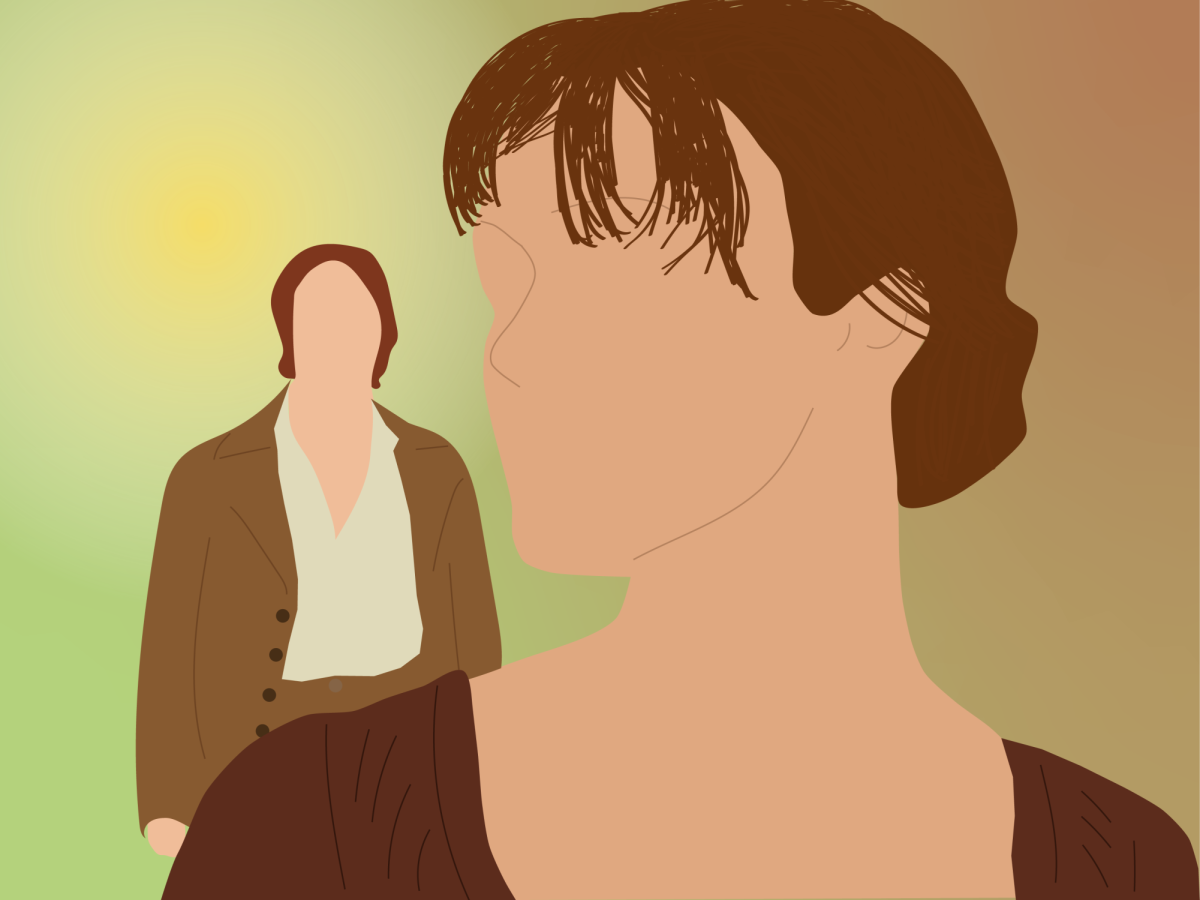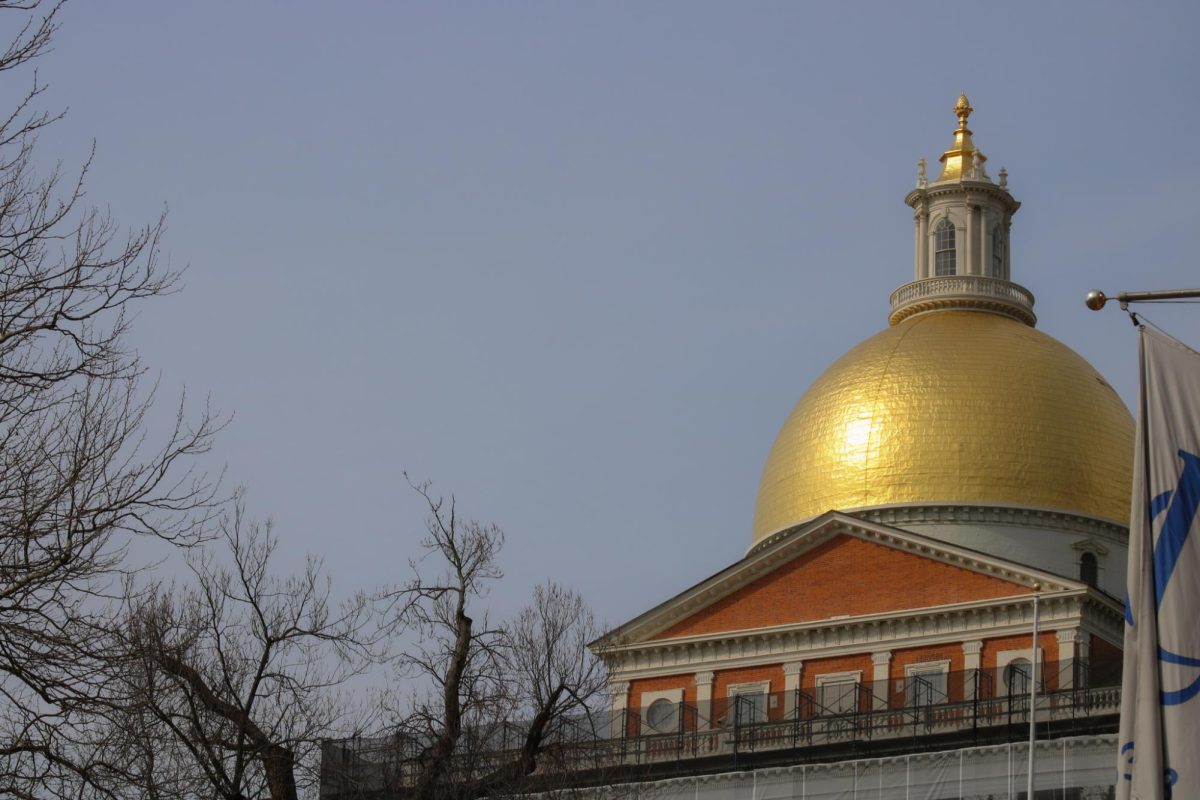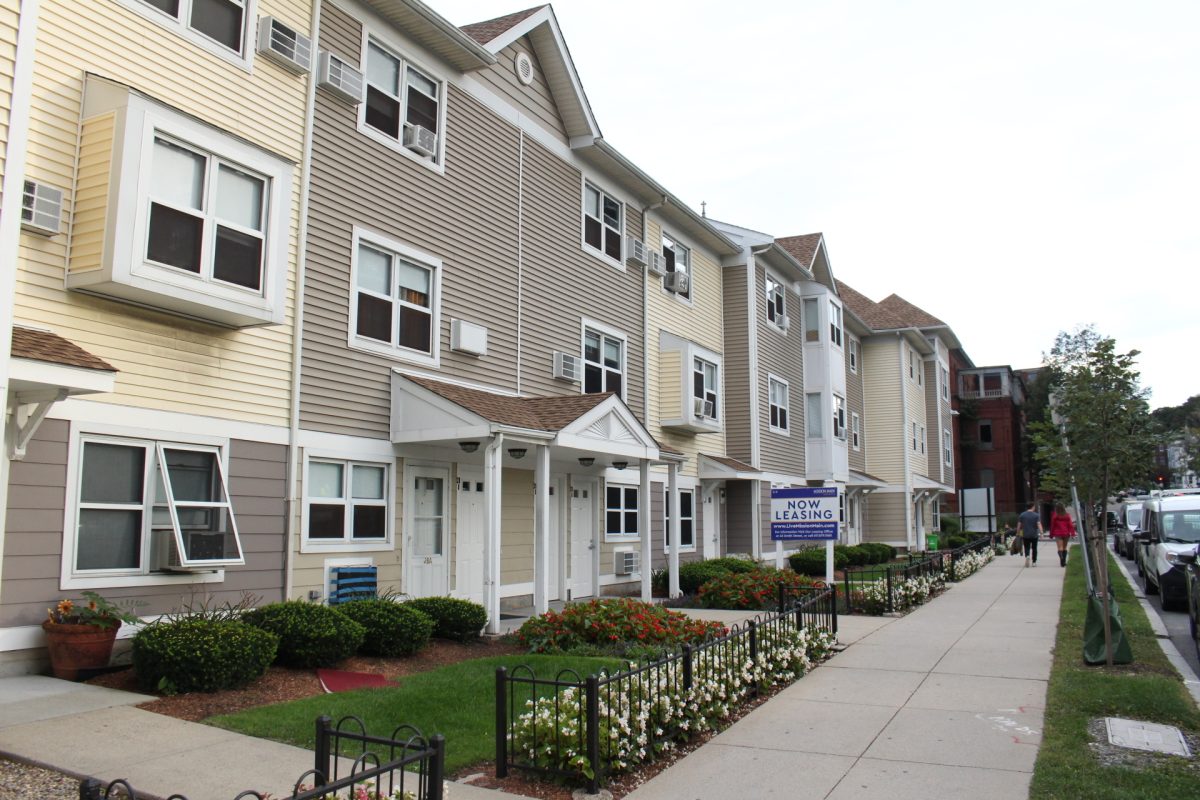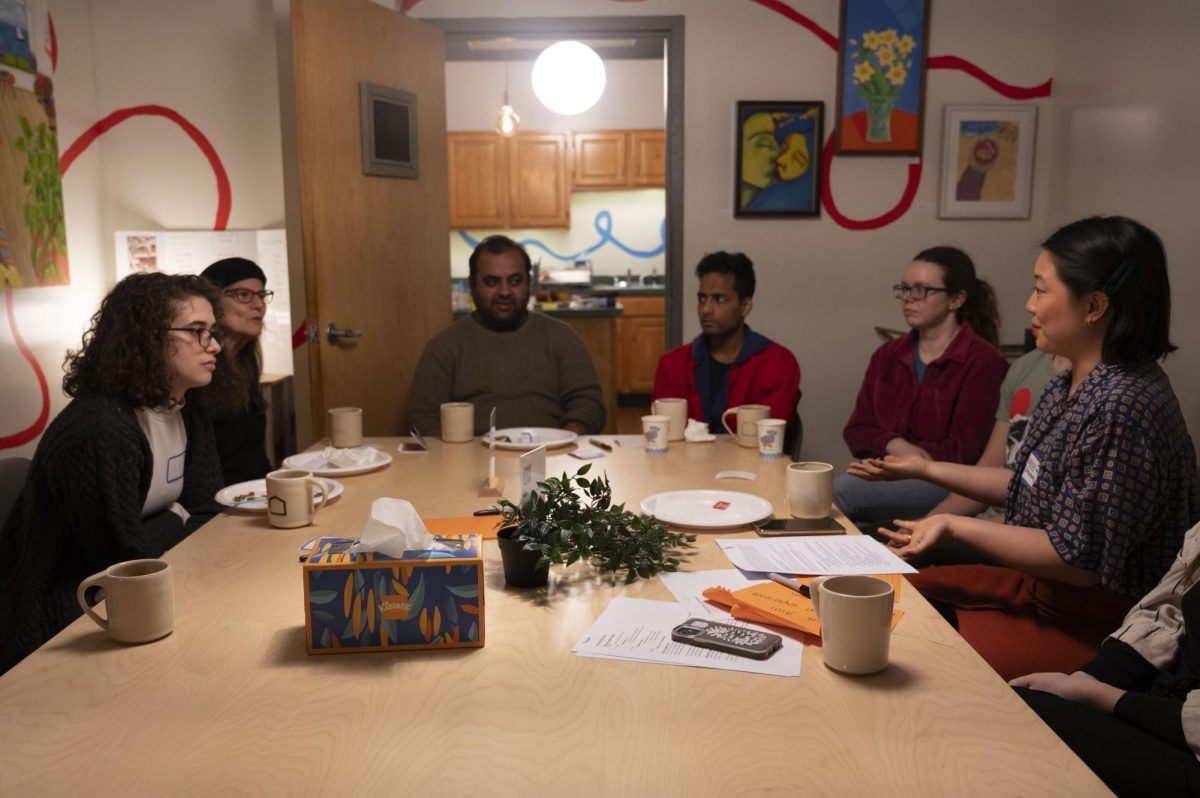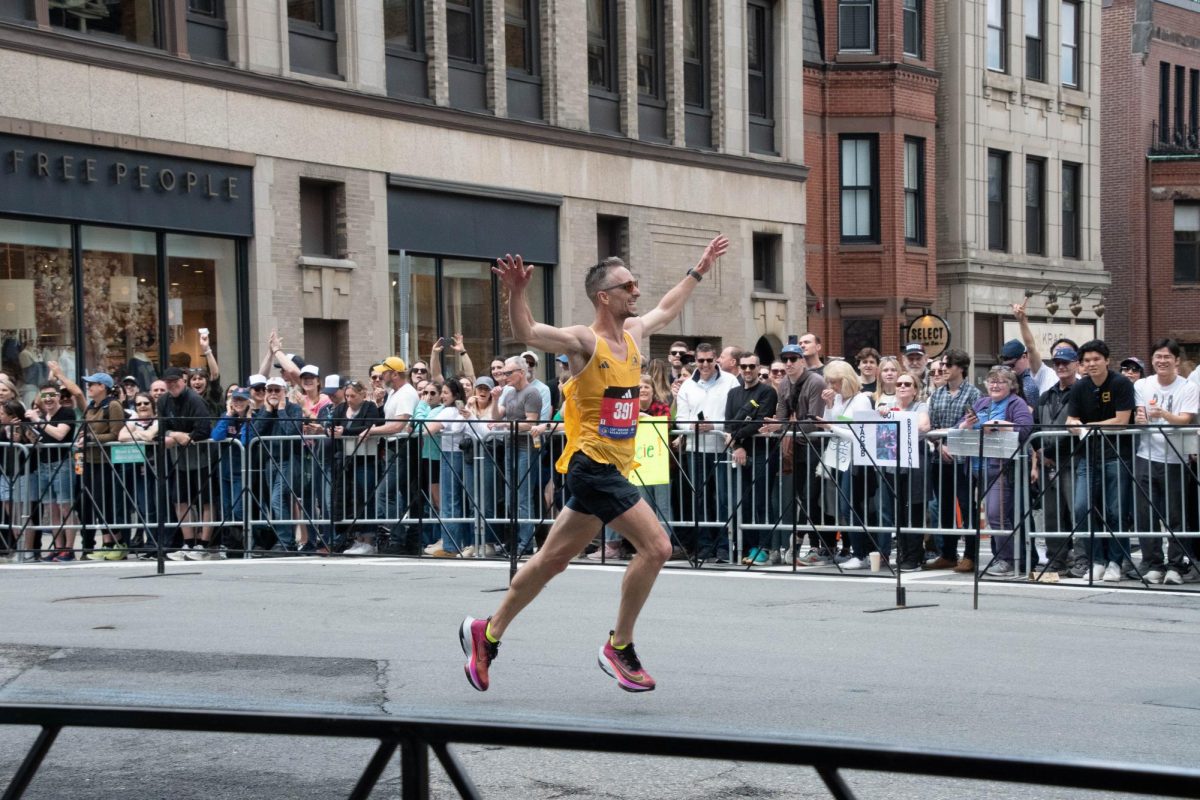By Alexandra Malloy, News Correspondent

Boston’s Back Bay neighborhood will be home to a recently approved 58-story skyscraper, the city’s tallest residential building.
Proposed by Boston-based Carpenter & Company in collaboration with architectural firm Pei Cobb Freed & Partners of New York, the newly approved tower will rise 691 feet, about 100 feet shy of the Hancock Tower, the tallest building in Boston.
The skyscraper will be on the corner of Belvedere and Dalton streets, neighboring the Christian Science Plaza.
Henry Cobb, founding partner of the architectural firm, is heading the design of the building. A Boston native, Cobb has been principally responsible for designs of the John Hancock Tower and the Joseph Moakley United States Court House.
The tower, as described in a press release from Carpenter & Company, “is derived from the equilateral triangle, softened by gently-curved sides and rounded corners, resulting in a smooth transition from the adjoining Prudential Center to the landmarked Christian Science Plaza.”
The tower will be home to a 255 room five-star hotel, along with 160 residential units.
An adjacent 25-story tower will also accompany the high-rise, boasting 255 apartments and 1,800 square feet of retail space on the ground floor. This mid-rise building will also echo the soft triangular form of its taller partner, with a curved exterior.
The developers expect the project will generate an estimated 250-300 permanent jobs, approximately 1,000-1,200 construction jobs and up to 500 housing units.
“The goal is to build an iconic project that will enhance the already beautiful surrounding area, adding a new residential and hotel destination,” Richard Friedman, president of Carpenter & Company, said in a press release. “With best in class design by this world renowned team, the project will integrate perfectly into the fabric of one of the most architecturally significant areas of Boston”
George Thrush, Northeastern professor and Director of the School of Architecture, serves as the co-chair of the Citizens Advisory Committee, a vital entity in the approval of the Back Bay tower.
Along with co-chair Sybil Cooper King, Thrush has spent over two years reviewing stages of the proposal and bringing the committee’s findings to Carpenter & Company, Pei Cobb Freed & Partners and the Boston Redevelopment Authority (BRA).
Thrush said that there will be significant public benefits as a result of the Back Bay tower, including making Dalton and Belvedere streets more pedestrian friendly and bringing more people to the area.
“Boston is one of the most vital economies among American cities, and in order to remain competitive, we must build more housing, and height creates more density that gives us better use of transportation resources,” Thrush said.
As for negative impacts, Thrush said that within the immediate area traffic will increase during the construction project and that the already windy area will continue to exist.
Boston has long been a city that has opposed high-rise buildings in the name of preserving its historical identity, but the BRA unanimously approved the project.
“The reason that the opposition to tall buildings is lessening is that we’re getting farther away from the generation that celebrated the (Boston) bicentennial in the 70s,” Thrush said. “People were so enamored by the historical character of Boston that it served to limit the amount of tall buildings being built.”
Simultaneously up for approval with the Back Bay tower, are a number of other proposed buildings that would reshape the Boston skyline. This includes replacing the current Government Center Garage with a complex of high and mid-rise buildings, a new 625-foot glass tower downtown, and a high-rise complex by TD Garden, awaiting BRA approval.
Thrush says that “if done well” these tall buildings, like the iconic Hancock or Prudential towers, will become “part of the city’s identity.”
Mayor Thomas M. Menino confirmed the changing cityscape in a comment after the release of his housing plan.
“Boston 2013 is thriving, and well positioned to meet its bright future,” Menino said. “But one thing has not changed: in order to fulfill its promise, we must stay focused on creating housing, because this is an issue that affects every Boston resident. We do not simply need to put roofs over peoples’ heads; we need to think carefully about the right kind of housing for our changing city.”
Thrush openly recognized the emerging high-rise trend within the city, and did so with optimism, stating all the construction projects speak to a confidence financially and a confidence in the future of Boston. He calls Boston a hub of innovation, stating that the city is no longer compromising its historical character, rather speaking more towards its future.


